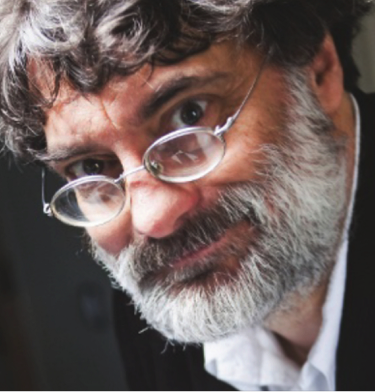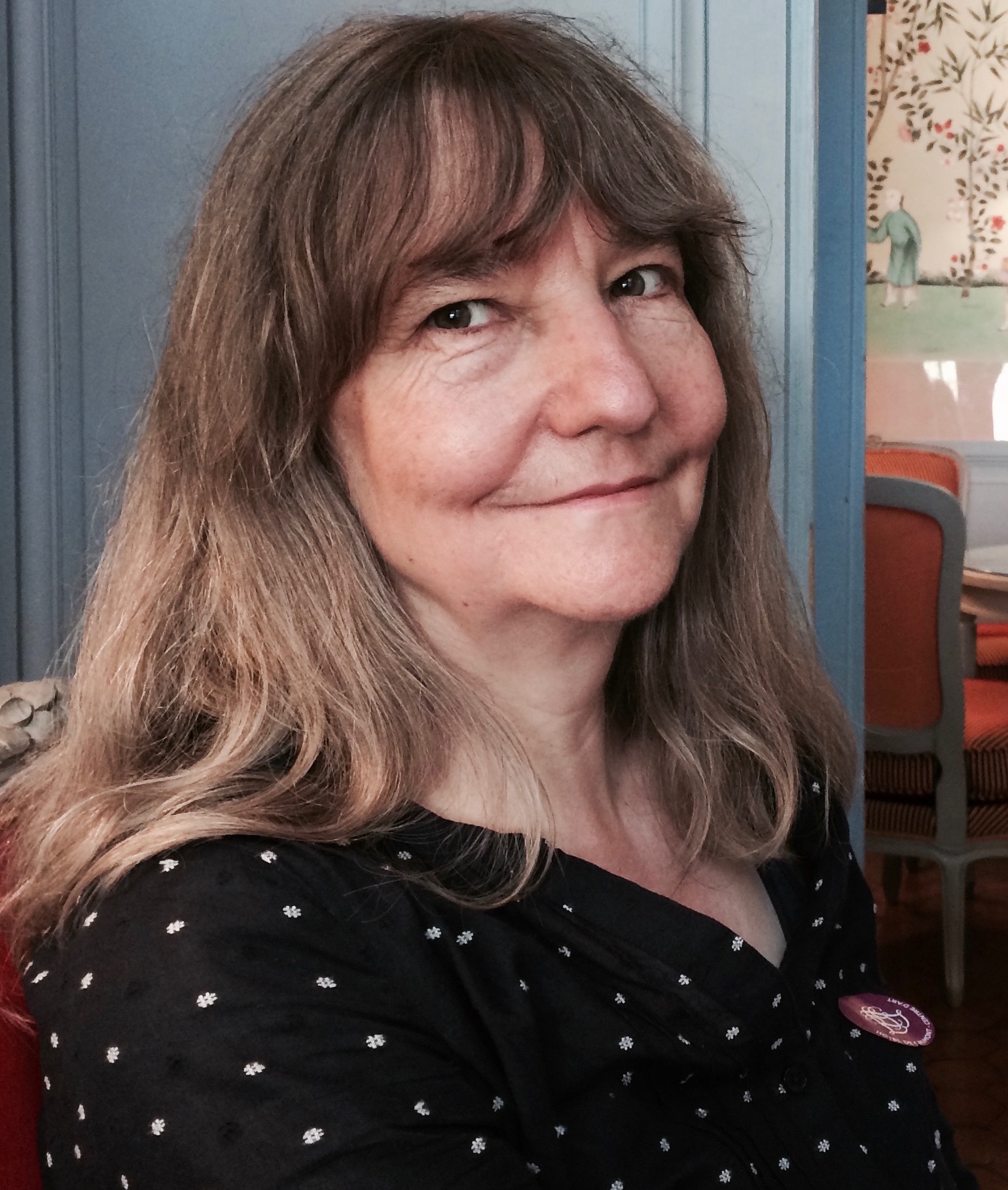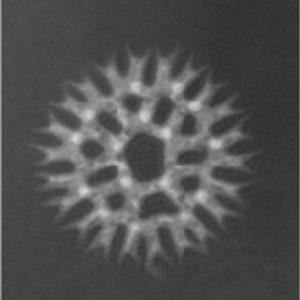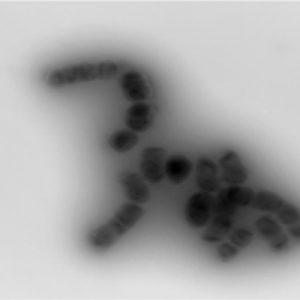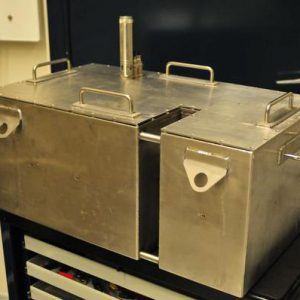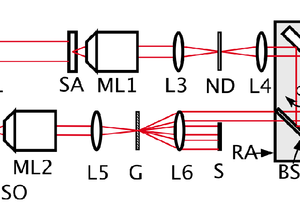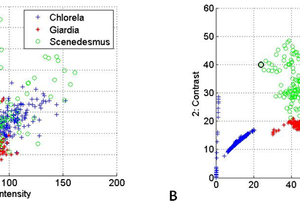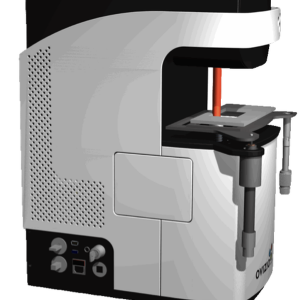Holoflow

BioWin – BioLine
20 November 2016
Marangoni Convection
20 November 2016Holoflow : Advanced digital holographic microscopy and 4D imagery for applications in water technology and environmental monitoring
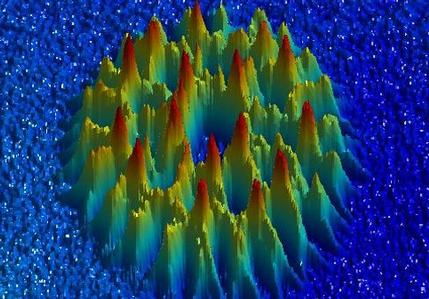
- Subject
- Digital holography microscope, environmental applications, image processing, spin-off.
- Start/end dates
- May 2009 – April 2012
- Description
- This project targets the development of new instrumentations and applications within the field of environmental sciences, in particular to monitor water quality on-line and in situ, based on a novel digital holography microscope (DHM) technology based on partial spatial coherent illumination recently developed and patented at ULB. Those new sensors can detect, visualize and quantify particles in continuous fluid flow for laboratory benchtop, on-line industrial processes and in unperturbed natural conditions for in situ applications.
The goal of this project is to integrate this powerful optical technology into an instrument for applied aquatic environment analysis, called HoloFlow. We will develop prototypes with associated software that will be implemented for flow-through analysis and in situ water quality monitoring. An interdisciplinary and multi-institution consortium of four partners has been established.
This project sets also a clear target in terms of economical valorisations: the creation of a spin-off company in Brussels-Capital Region, OVIZIO Imaging System S.A., that will commercialize the newly developed products based on proprietary software developments and digital holographic microscope hardware produced by a key partner company.
- Results
- The prime objective of the HoloFlow project was the further development of the digital holography microscope (DHM) technology patented at ULB (both hardware and software), and its valorisation in applications in the field of environmental sciences. These new instruments can detect, visualize and quantify particles in continuous fluid flows for laboratory bench top, on-line industrial processes and for in-situ applications in natural aquatic systems.
Technology development has been very successful (stretching far beyond the original expectations). At the start of HoloFlow, one monochromatic DHM instrument was available. During the project, three new operational DHM prototypes were built for specific applications.- A multimode flow-through DHM records simultaneously the holographic and fluorescent signals of particles in an aqueous sample. With newly developed software, all particles in the sample volume can be refocused and analysed. Novel image recognition and classification techniques were developed, which allow discrimination between similarly shaped particles (e.g. plankton). The new combination of DHM with fluorescence improves particle classification capabilities and greatly increases the number of potential applications. To increase the through put rate of continuous imaging flow, hydrofocusing and acoustic techniques were developed in combination with specific flow-through cells.
- A submersible in-situ DHM for shallow water observations was designed and is currently under finalization. We started with a system that allowed several fields of view (FOV), and selected the best configuration for further applications. This has resulted in a microscope version (small FOV) that allows optical phase measurements in natural waters. Such a system is not available elsewhere and provides a most promising approach for the in-situ analysis of microscopic phytoplankton. The construction of this microscope took more time to what we expected initially. After the identification of the best targets to reach in the microscope mode, we had to solve different technical problems. The system will be available at the beginning of the HoloFlow 2 project.
- A fast new colour DHM was successfully built, tested and patented. With this technology, compact instruments (DDHM versions) can be built and combined with classical microscopes or other instruments, providing a very important commercial advantage. The spin-off company Ovizio signed a new license with ULB to commercialize this instrument.
Alongside technological development, numerous applications of the HoloFlow DHM instruments were screened, and their valorisation potential for scientific and industrial developments was assessed.- The discrimination and classification of planktonic organisms.
- The monitoring of pathogenic protozoan cysts like Giardia sp. and toxic cyanobacteria present in water used for the production of drinking water.
- The detection and analysis of transparent substances like transparent exopolymeric particles (TEPs) and extracellular polymeric substances (EPS).
- The monitoring of treated ballast waters where organism abundances and viability determination is required.
Publications:- A. El Mallahi, C. Minetti and F. Dubois, “Automated three-dimensional detection and classification of living organisms using digital holographic microscopy with partial spatial coherent source – Application to the monitoring of drinking-water resources”, Appl. Opt.52, A68-A80 (2013).
- A. El Mallahi and F. Dubois, "Separation of overlapped particles in digital holographic microscopy," Opt. Express 21, 6466-6479 (2013).
- F. Dubois and C. Yourassowsky, "Full off-axis red-green-blue digital holographic microscope with LED illumination," Opt. Lett. 37, 2190-2192 (2012).
- A. El Mallahi and F. Dubois, "Dependency and precision of the refocusing criterion based on amplitude analysis in digital holographic microscopy," Opt. Express 19, 6684-6698 (2011).
Partners
Scientific
- Prof. Michel Verbanck, Water Pollution Control (STEP), Faculté des Sciences Appliquées, Université Libre de Bruxelles (ULB)
- Prof. Filip Meysman, Laboratory for Analytical and Environmental Chemistry (ANCH), Faculty of Sciences, Vrije Universiteit Brussel (VUB)
- Prof. Jean-Pierre Hermand, Environmental Hydroacoustics Lab (EHL), OPERA, Faculté des Sciences Appliquées, Université Libre de Bruxelles (ULB)
Industrial
Gallery
- Quantitative phase of a Pediastrium alga.
- Submersible box for the in-situ DHM
- The optical set-up of the new color DHM
- Advantages of DHM in the classification of biological particles. Feature space of classification undertaken for 3 plankton types: Giardia cysts (red), Scenedesmus dimorphus (green) and Chlorella autotrophica (blue) using textural features from (A) the intensity image only, and, with significant superiority, (B) the compensated phase image.
- Ovizio oLine DHM.


